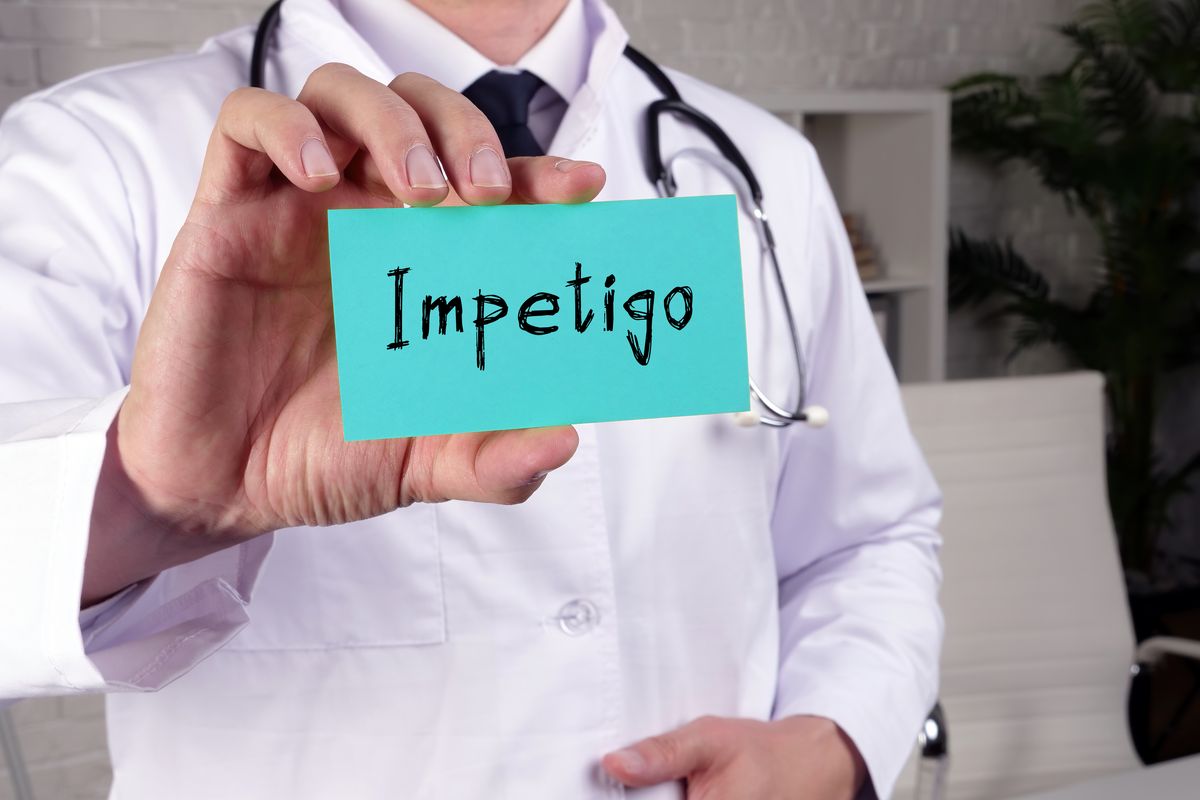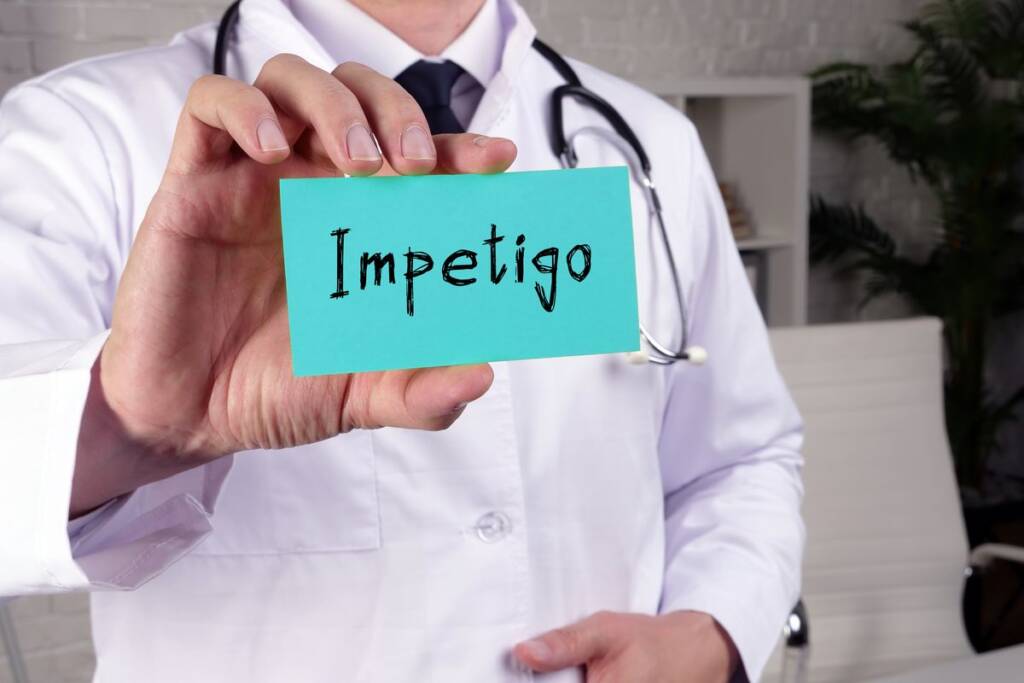Health
Impetigo: what it is, how to recognize it and what are the treatments

Impetigo is a skin infection that can affect anyone but mostly occurs in children. Let's find out how to move when this happens.
When we talk about impetigo we mean a skin infection of contagious origin and which tends to occur more in children.
It usually appears with red blisters on the face, hands, limbs and genital areas and which tend to itch. When the blisters burst from scratching, they are replaced by yellow-brown crusts.
As already mentioned, it is a contagious disease and for which it is essential to act immediately.
Impetigo: why it occurs and what are the symptoms
Impetigo is an extremely contagious bacterial infection that occurs more easily in the summer. At the basis of this infection there are mostly bacteria known as Staphyloccusaureus and Streptococcuspyogenes. These two bacteria are mostly found in common environments. And for this reason, in the presence of this disease, children must abstain from attending both school and places where they can meet other children.

Going to the symptoms of impetigo, the most common are:
– Constant and persistent itching
– Red bubbles with or without serum
– Inflamed skin around the nose, mouth and navel
– Presence of yellow or brown crusts
In rarer cases and in which the infection worsens, a kidney problem can occur with relative glomerulonephritis, a kidney infection linked to streptococcal infections that are not well treated. In this case, poor urination is also added, often associated with fluid accumulation in the legs, swollen face and migraine. To recognize it, the doctor just needs a simple visit with observation of the skin. The lesions that form are in fact typical of the disease and, as already mentioned, occur on the face and other parts of the body.
How to cure and prevent impetigo
In case of found impetigo the treatment varies from person to person and always taking into account its intensity. If taken in time and therefore still in the initial stage, the doctor could suggest the use of an aluminum chloride gel to be applied on all areas where the lesions occur.
In more serious cases or to avoid the spread of the infection, an antibiotic to be taken orally can also be associated with it.
As for prevention, it is always good to check for any appearance of spots, blisters or scabs on children's skin and, in the case of impetigo, withdraw them from school.
It is also important to act in such a way as to prevent the little ones from scratching themselves or becoming more infected. Finally, good hygiene must be maintained which must be associated with temporary withdrawal from school, sports and all those activities that take place in the company of other children.
If well treated, impetigo almost never leaves signs and heals within a dozen days at most. This obviously applies if the person who contracts it is in good health and with a good immune system. Generally, if in a light form it can heal even on its own in two or three weeks. Nonetheless, treatment is always suggested in order to avoid contagion.
Riproduzione riservata © - WT











